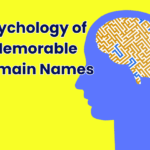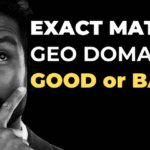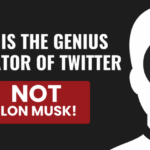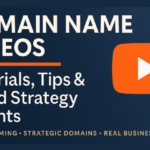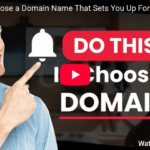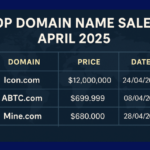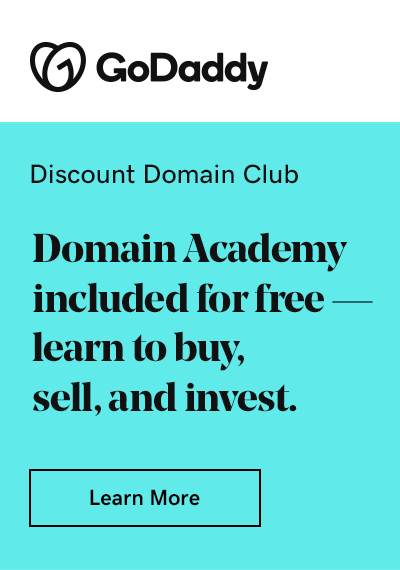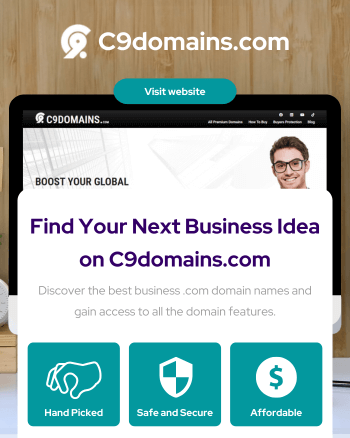Who Created Etsy.com | The Etsy’s Origin Story: Built for Creators, Powered by a Strange Little Word ‘ Etsi’
If you’ve ever wondered who created etsy, the answer begins in a modest Brooklyn apartment in 2005. It wasn’t a venture capital-fueled startup or a polished business plan that brought Etsy to life—it was a problem faced by a passionate creator and a team determined to solve it.
Rob Kalin, a painter, carpenter, and part-time furniture designer, was frustrated with how difficult it was to sell handmade items online. Alongside software engineers Chris Maguire and Haim Schoppik, Kalin decided to build a platform that would empower independent artists and makers like himself.
Their goal was clear: create a digital marketplace that gave small creators a real shot at finding customers—without getting lost in the noise of mass-produced goods.
But Etsy wasn’t just about the code or the marketplace. It was also about crafting an identity—starting with the name.
Kalin has shared in interviews that he wanted a word with no existing baggage. Something short, brandable, and easy to pronounce in different languages.
The spark came while watching “8½,” a classic Italian film by Federico Fellini. In one scene, the word “Etsi”—Italian for “what if” or “yes indeed”—caught his ear. It felt playful, original, and full of possibility.
He adapted it to create “Etsy”—a name that could grow into its own meaning.
So, if you’re asking who started Etsy, you’re really asking about the origin of a movement—one that was less about technology and more about community, creativity, and carving out space for small businesses in a world of giant retailers.
That handmade spirit still pulses through the brand today, even as it’s grown into a public company serving millions.
Founder Identification: Who Started Etsy?
Etsy was started by Rob Kalin, with Chris Maguire and Haim Schoppik playing vital roles in building the first version of the platform.
Kalin was the visionary—more artist than executive—who believed in empowering creators through a platform designed specifically for them. He served as Etsy’s CEO twice during its early years before stepping aside as the company matured.
Etsy’s History and Evolution
From humble beginnings in a Brooklyn apartment, Etsy quickly caught the attention of creators and buyers alike. By 2007, it had more than 450,000 registered users.
As the maker movement gained steam and consumers looked for alternatives to big-box stores, Etsy’s growth accelerated. It was seen as an authentic, values-driven brand in a sea of faceless commerce.
In 2015, Etsy went public on the NASDAQ, raising over $267 million in its IPO. This marked a turning point—Etsy had officially transitioned from a grassroots community to a global ecommerce player.
Today, Etsy supports millions of active sellers and over 90 million active buyers, with a presence in nearly every country.
Personal Stories and Insights
What makes Etsy different isn’t just the interface or policies—it’s the human stories stitched into every transaction.
Whether it’s a grandmother in Ohio selling hand-knitted scarves, or an artisan in the Philippines turning recycled wood into jewelry, Etsy has always been about people before product.
Rob Kalin’s own journey adds to the intrigue.
Known for being unconventional, he rejected traditional startup paths, avoided aggressive investor strategies, and insisted on keeping the platform true to its original mission—at least in its early years. His departure from the company in 2011 was bittersweet, but it left behind a legacy: a culture rooted in creativity, not conformity.
Etsy’s Business Model and Key Facts
Etsy’s business model is deceptively simple: it charges sellers a small listing fee (currently $0.20 per item) and takes a transaction fee (6.5%) on each sale. Sellers can also opt into advertising and promotional tools to gain more visibility.
What makes Etsy powerful isn’t the fees—it’s the ecosystem. Sellers get access to a niche audience that values authenticity, handmade goods, and sustainable choices.
Key facts that highlight Etsy’s business strength:
- Sustainability Focus: Etsy became the first major ecommerce player to offset 100% of its carbon emissions from shipping.
- Diverse Seller Base: Over 80% of Etsy sellers identify as women, many of whom are solo entrepreneurs or side hustlers.
- Tech-Driven Marketplace: Despite its craft-based image, Etsy uses sophisticated search algorithms, personalization engines, and machine learning to connect buyers and sellers efficiently.
Who Owns Etsy Today?
While Kalin and the founding team laid the foundation, Etsy has since evolved into a publicly traded company on the NASDAQ under the ticker symbol ETSY.
Leadership has changed over time, with current CEO Josh Silverman steering the ship. The company has grown beyond just handmade goods—now offering tools, ads, and services that support millions of sellers worldwide.
Ownership today lies with a mix of institutional investors, public shareholders, and executive leadership.
Still, the brand’s original mission—to empower small creators—remains its beating heart.
Why the Etsy.com Domain Was a Branding Power Move
It’s easy to underestimate how much a domain name contributes to a brand’s early momentum. But for Etsy, the domain Etsy.com was a powerful signal.
Short, brandable, and easy to remember, the domain name Etsy didn’t tie itself to one specific niche.
That flexibility allowed the brand to grow from a quirky craft marketplace to a global ecommerce platform without ever needing a rebrand.
And because the name was unfamiliar to users when it launched, it gave Etsy the freedom to define its own meaning.
That’s the real magic of a good domain name: it becomes whatever the brand makes it.
What Brand Builders Can Learn from Etsy
If you’re a business owner, marketer, brand manager, or startup founder, Etsy’s story holds a few key lessons:
- Start with a clean, versatile domain name. Etsy.com domain had no baggage, no limitations—it was a blank canvas ready to be painted with meaning.
- Let the brand name support the mission. Etsy didn’t overpromise or limit itself with keywords—it grew into its name by focusing on the community.
- Own the dot-com. Especially in consumer-focused markets, having the .com version of the domain name builds credibility fast.
When people search “who created Etsy” or “who owns Etsy,” they’re often curious about the roots of a company they’ve come to trust. But there’s a deeper story here—about how the right domain name, matched with a clear purpose, can set a brand up for long-term growth.
And that’s a reminder worth carrying into your own branding decisions.
Related Content:
- How to Choose a Domain Name That Sets You Up for Success
- Top Domain Sales History: What Every Founder, Investor & Brand Strategist Needs to Know
More Brand Strategy Lessons from Real Domain Stories
Want to learn more how other iconic domain names like Etsy.com helped shape powerful brands?
Our Domain Name Videos series breaks down the strategies behind some of the most valuable digital identities on the web.
From domain naming insights to brand positioning tips, it’s all designed to help founders, marketers, and business owners make smarter domain name acquisition decisions.
Explore Domain Name Videos: Tutorials, Tips & Brand Strategy Insights




